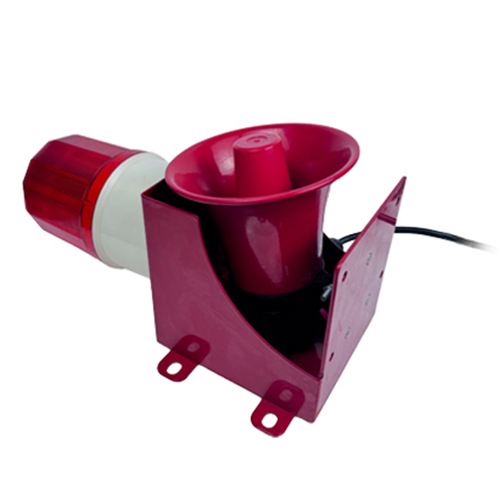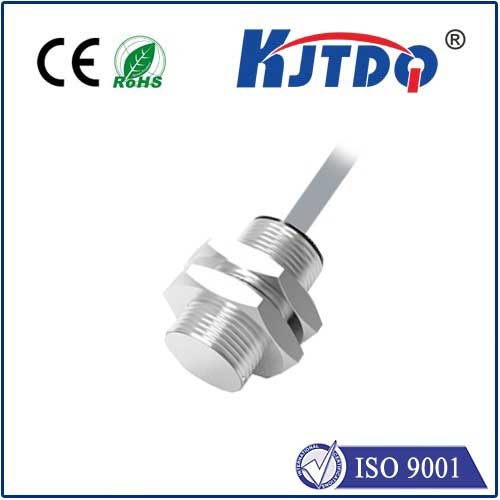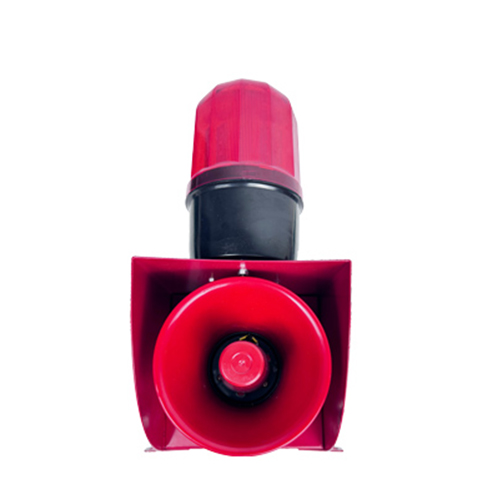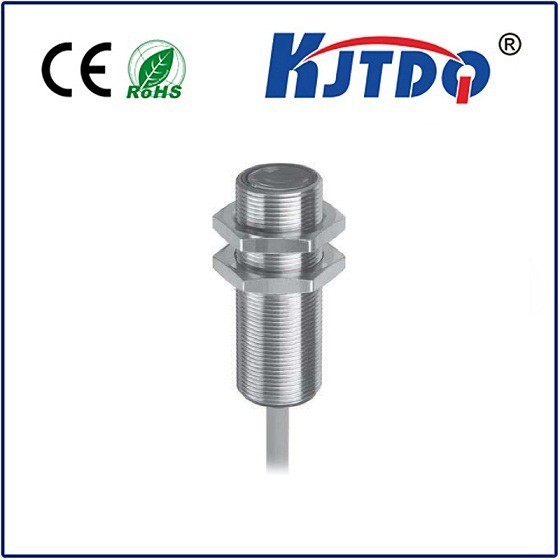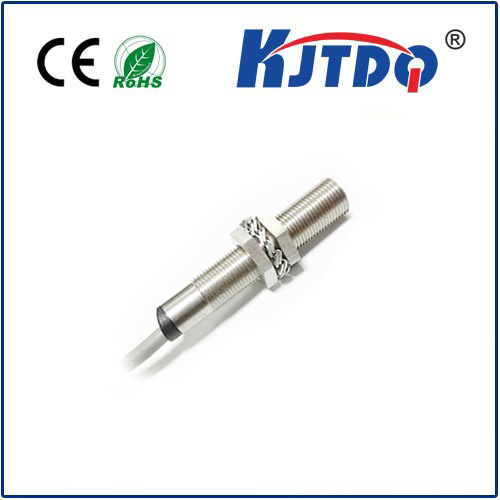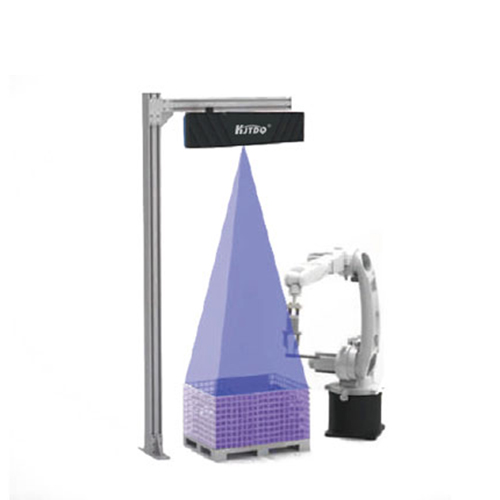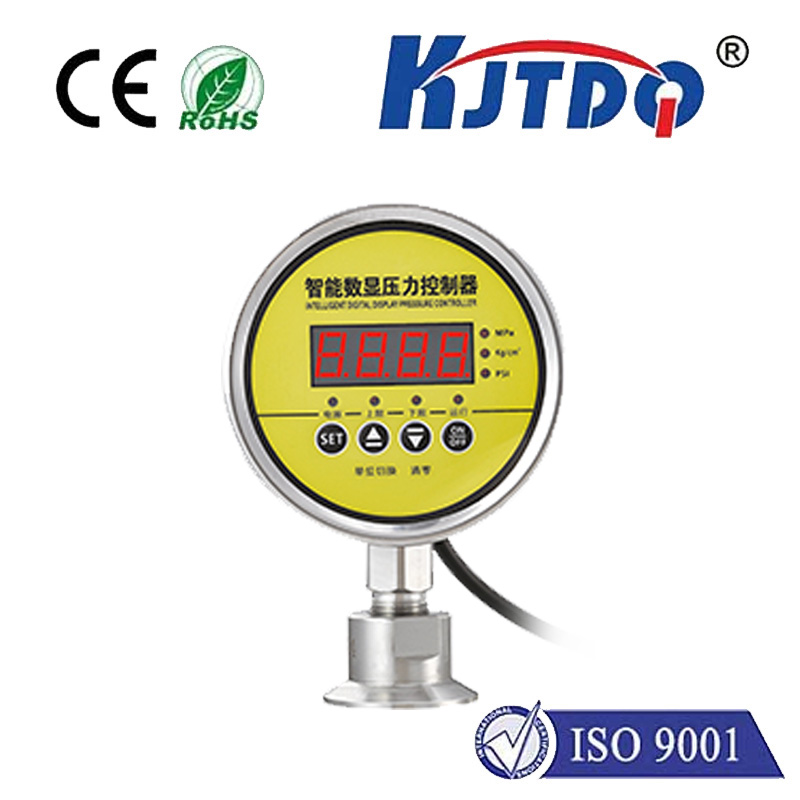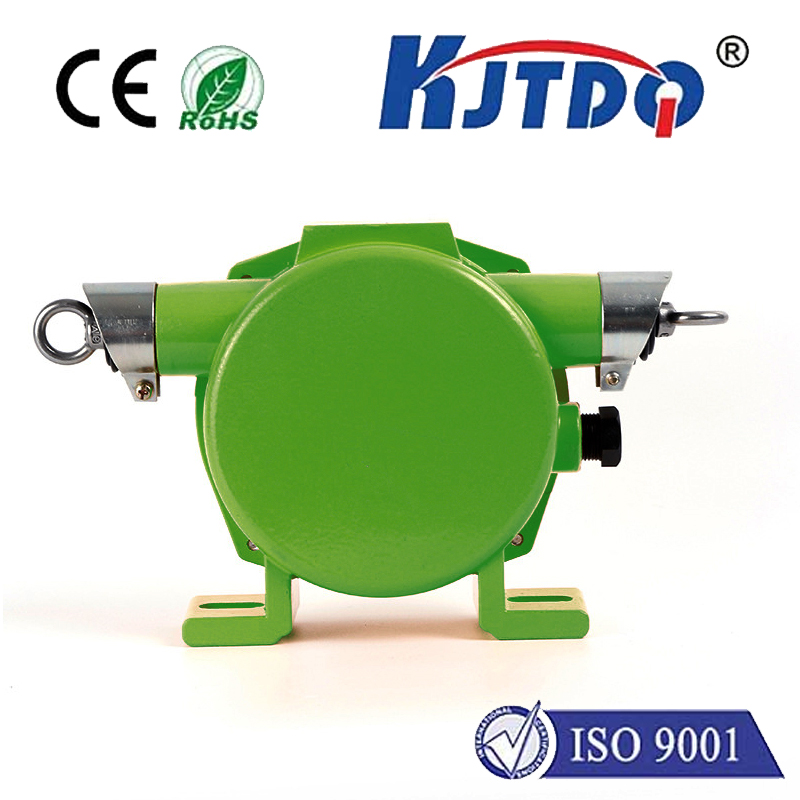jual proximity sensor
- time:2025-06-19 02:38:44
- Click:0
Jual Proximity Sensor: Your Key to Smarter, Safer Industrial Automation
Imagine this: A critical assembly line suddenly halts. Bottlenecks build, downtime costs escalate, and frantic technicians scramble. The culprit? A faulty mechanical switch overwhelmed by dust and grime. This frustrating, costly scenario is precisely why countless forward-thinking businesses are turning to proximity sensors. If you’re searching to jual proximity sensor solutions or integrate them into your operations, you’re tapping into the bedrock of modern industrial efficiency, safety, and reliability.
Proximity sensors are the unsung heroes of automation. Unlike traditional switches requiring physical contact, these ingenious devices detect the presence, absence, or position of nearby objects without touching them. This contactless operation is revolutionary. It eliminates wear and tear caused by mechanical impact, drastically extends operational life, and functions flawlessly in environments hostile to conventional switches – think excessive dust, grease, moisture, or extreme temperatures. For companies looking to jual proximity sensor technology, you’re offering clients a direct path to reduced maintenance costs and maximised uptime.
Understanding the Core Technology: How Proximity Sensors Work
At their heart, most industrial proximity sensors (specifically inductive types, which detect metal objects) operate on the principle of electromagnetic induction. Here’s a simplified breakdown:
- Oscillator: The sensor contains an oscillator circuit generating a high-frequency electromagnetic field emanating from its active face.
- Field Interaction: When a metallic target enters this field, small electrical currents called “eddy currents” are induced within the target material.
- Signal Dampening: The flow of these eddy currents creates an energy loss, effectively dampening the oscillator’s amplitude.
- Detection Circuit: The sensor’s dedicated circuitry monitors this amplitude change. Once the damping reaches a significant threshold…
- Output Switch: …the sensor triggers an internal solid-state switch (like a transistor), changing its output state (e.g., from OFF to ON, or vice-versa). This switch signal is what tells the connected machine controller (like a PLC) that an object has been detected.
Key Advantages Driving Demand to Jual Proximity Sensor Solutions

The fundamental contactless operation unlocks a cascade of compelling benefits, making them indispensable across industries:
- Exceptional Reliability & Longevity: No moving parts to wear out or contacts to corrode equals dramatically reduced failure rates.
- High-Speed Operation: Capable of detecting objects moving at very high speeds, far exceeding the capabilities of mechanical switches.
- Robust Performance in Harsh Environments: Sealed housings (often IP67 or higher) protect internal components from dust, oil, coolants, and vibrations. Their ability to jual proximity sensor resilience is a major selling point.
- Non-Contact Sensing: Prevents damage to both the sensor and delicate targets. Ideal for positioning fragile items.
- Virtually Maintenance-Free: Once correctly installed, they require minimal ongoing attention, significantly lowering total cost of ownership.
- Versatile Output Options: Available with NPN, PNP, NO (Normally Open), NC (Normally Closed), and analog outputs (like 4-20mA or 0-10V) to interface seamlessly with modern control systems.
- Repeatable Accuracy: Provides consistent and precise detection, crucial for quality control and positioning tasks.
Beyond Inductive: Common Proximity Sensor Types
While inductive sensors dominate metal detection, other technologies cater to broader needs. Highlighting this variety strengthens the value proposition when you jual proximity sensor solutions:
- Capacitive Proximity Sensors: Detect both metallic and non-metallic objects (plastic, wood, liquid, powders) by sensing changes in capacitance. Essential for level detection or presence sensing of non-conductive materials. Their versatility expands application possibilities.
- Ultrasonic Proximity Sensors: Use sound waves to detect objects and measure distance. Effective for transparent objects, irregular surfaces, or longer ranges. Useful in challenging optical conditions.
- Photoelectric (Optical) Sensors: Use light beams (visible, infrared, laser) to detect presence, absence, or distance. Excellent for long-range detection and seeing transparent items. While sometimes categorised separately, they share the “proximity” non-contact function.
- Magnetic Proximity Sensors (Reed Switches): Detect the presence of a magnetic field, often used in conjunction with small magnets for simple position sensing. Less common in harsh industrial settings than inductive or capacitive types.
Where Proximity Sensors Deliver Real-World Value
The applications are virtually limitless. Businesses choosing to jual proximity sensor technologies enable their clients to innovate and optimise across numerous sectors:
- Manufacturing: Position verification of parts on conveyors, end-of-stroke detection on cylinders, counting items, monitoring rotation of shafts/sprockets, metal detection in assembly, robotic guidance near end-of-arm tools. Crucial for assembly line integrity and JIT processes.
- Packaging: Detecting the presence of bottles, cans, boxes; controlling filling levels; verifying label/cap application.
- Material Handling: Monitoring conveyor belt jams, detecting pallets, controlling gate positions, bin level detection (capacitive). Reduces spillage and optimizes flow.
- Automotive: Robotic welding cell safety curtains (presence detection), part positioning in assembly, detecting door/hatch positions.
- Food & Beverage: Hygienic position sensing (select stainless steel sensors), detecting lids/seals, level control in tanks, conveyor product counting/presence.
- Machinery: Tool breakage detection on CNC machines, spindle positioning, monitoring safety guards are closed. Essential for operator safety and equipment protection.
Critical Considerations When Choosing or Sourcing to Jual Proximity Sensor Products
Successfully integrating or supplying these sensors requires attention to detail:
- Target Material: Metal? Use Inductive. Non-Metal/Liquid? Capacitive is likely needed. Magnetic? Specific Magnetic sensors.
- Sensing Distance (Range): What is the required operating distance? Ensure the sensor’s nominal range exceeds the application gap, considering factors like target size/material. Never operate at the absolute maximum rated distance.
- Mounting & Environment: Space constraints? Barrel-style (cylindrical) or block-style (rectangular)? Environmental conditions (temperature extremes, chemicals, washdown)? Crucial for IP rating selection.
- Electrical Requirements: Supply voltage (e.g., 10-30V DC)? Required output type (NPN/PNP sinking/sourcing, NO/NC)? Number of wires (2-wire AC/DC, 3-wire DC, 4-wire analog)?
- Output Function: Does the application require a simple ON/OFF when detected? Or analog distance information?
- Flush or Non-Flush Mounting: Inductive sensors are categorised here. Flush-mountable sensors can be installed embedded in metal, reducing vulnerability but typically offering shorter ranges. Non-Flush sensors provide longer ranges but need clearance around their sensing face.
- Durability & Certification: Look for rugged housing materials (like nickel-plated brass or PPS/stainless steel) and appropriate certifications (CE, UL, etc.) for the intended market. Quality matters immensely for long-term reliability.
Partnering with the Right Supplier: More Than Just Jual Proximity Sensor
For businesses integrating automation, finding a reliable source isn’t just about finding someone to jual proximity sensor units; it’s about partnering with a knowledgeable supplier. Look for:
- Deep Technical Expertise: Ability to understand your application nuances and recommend the optimal sensor type and model.
- **Wide Product












